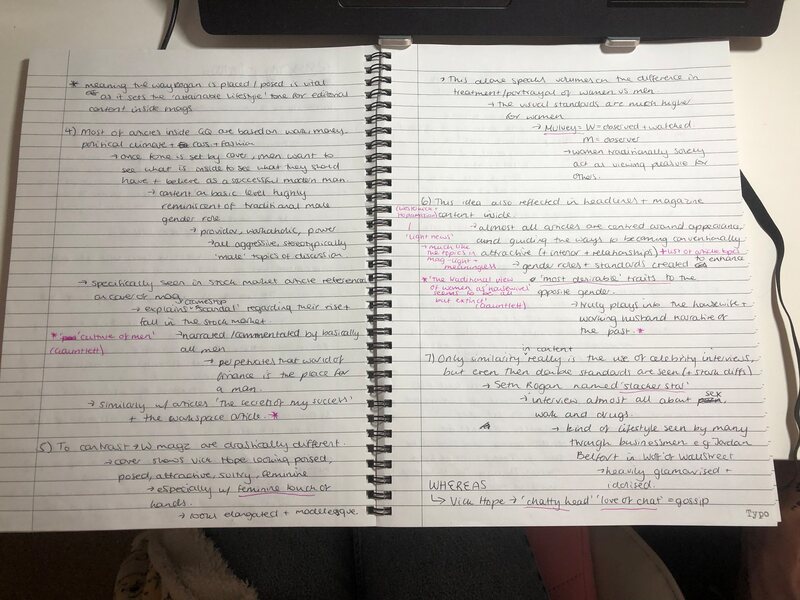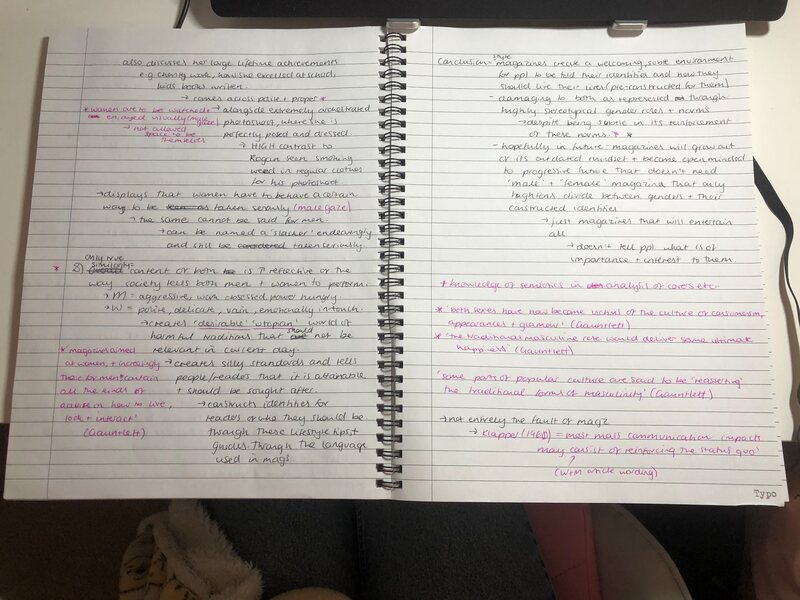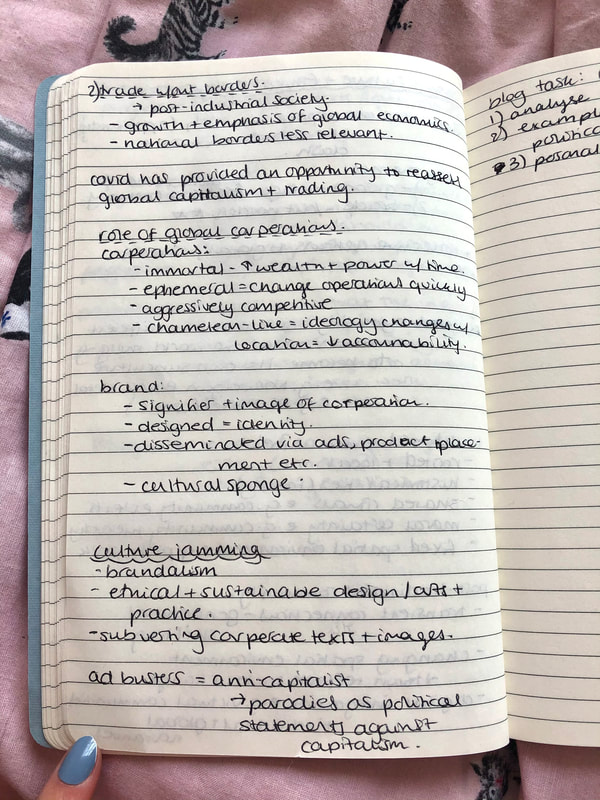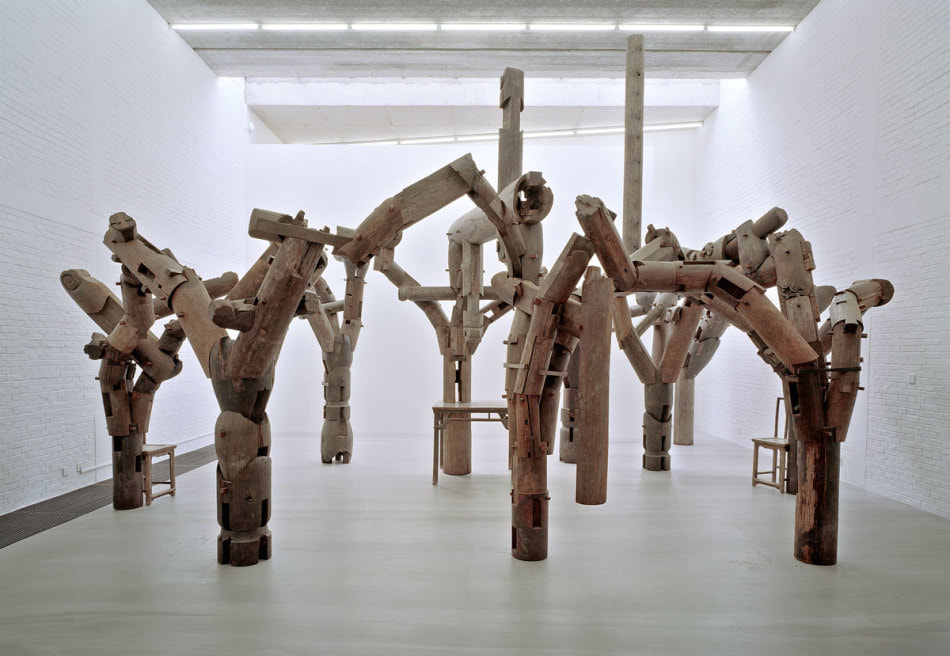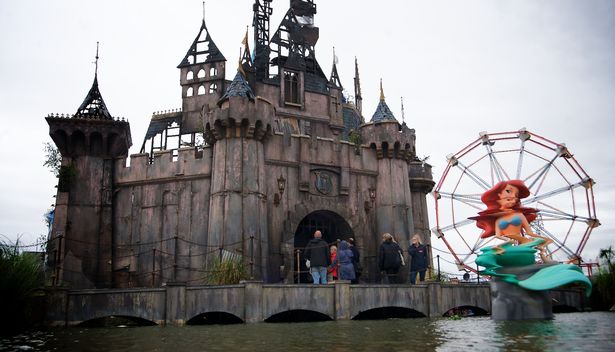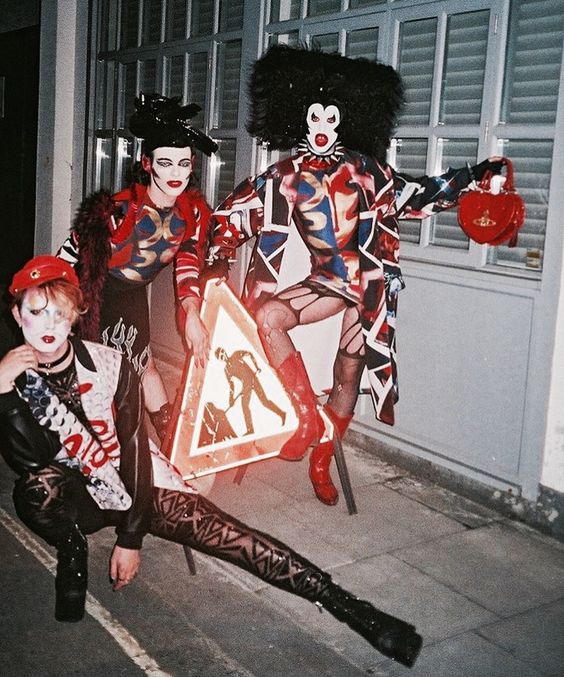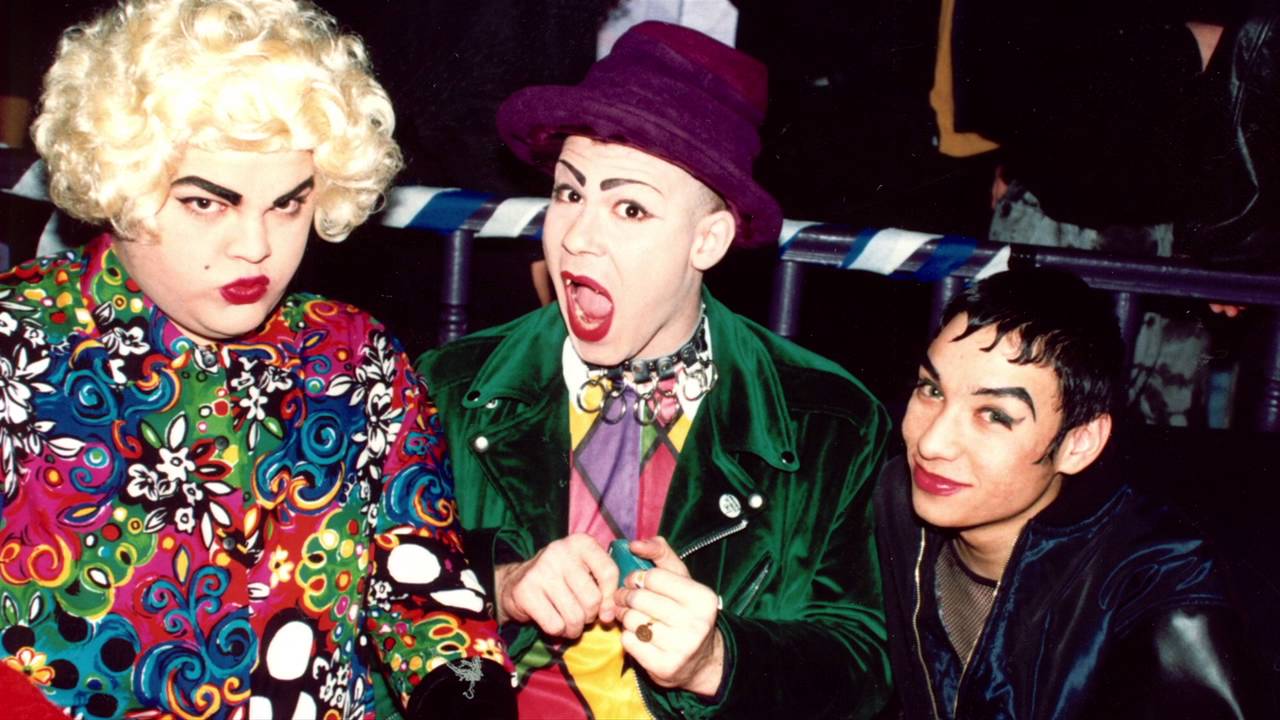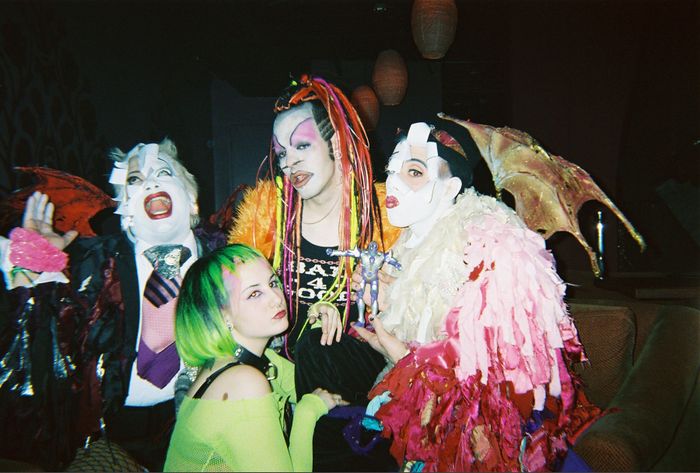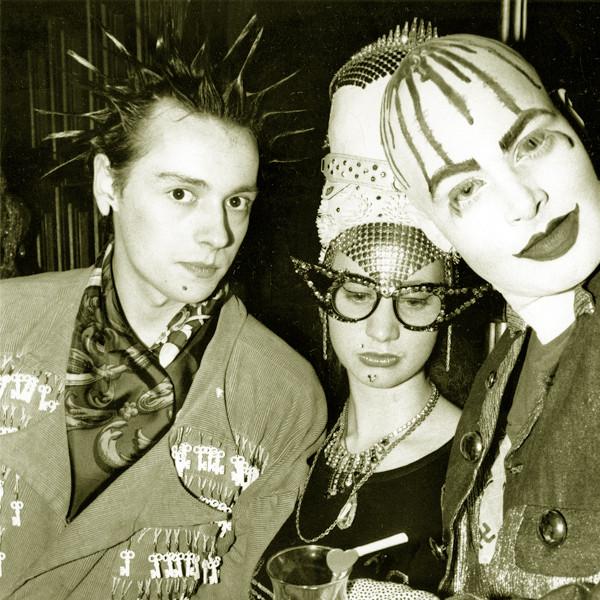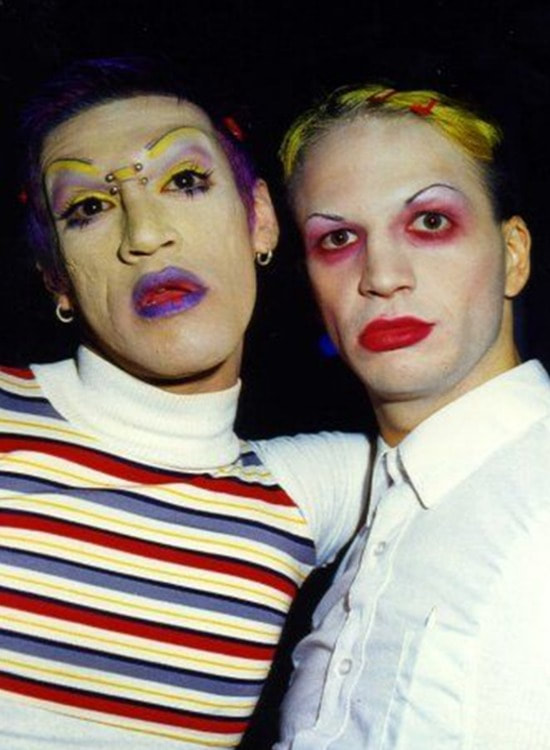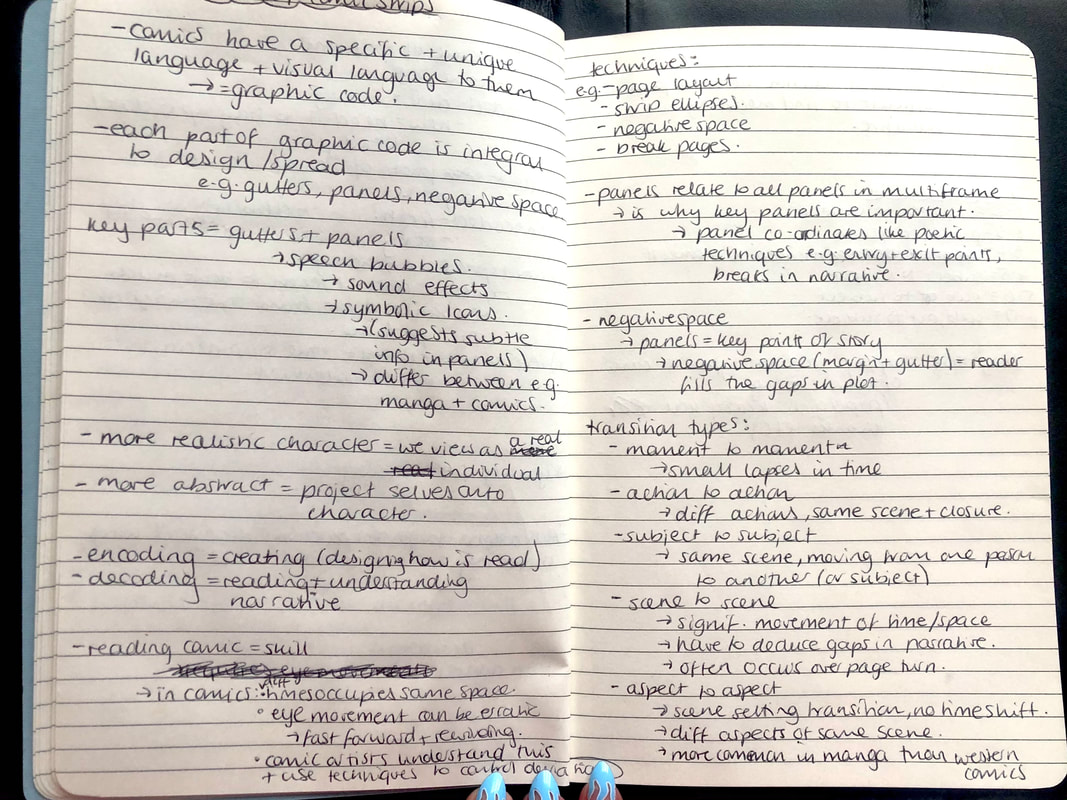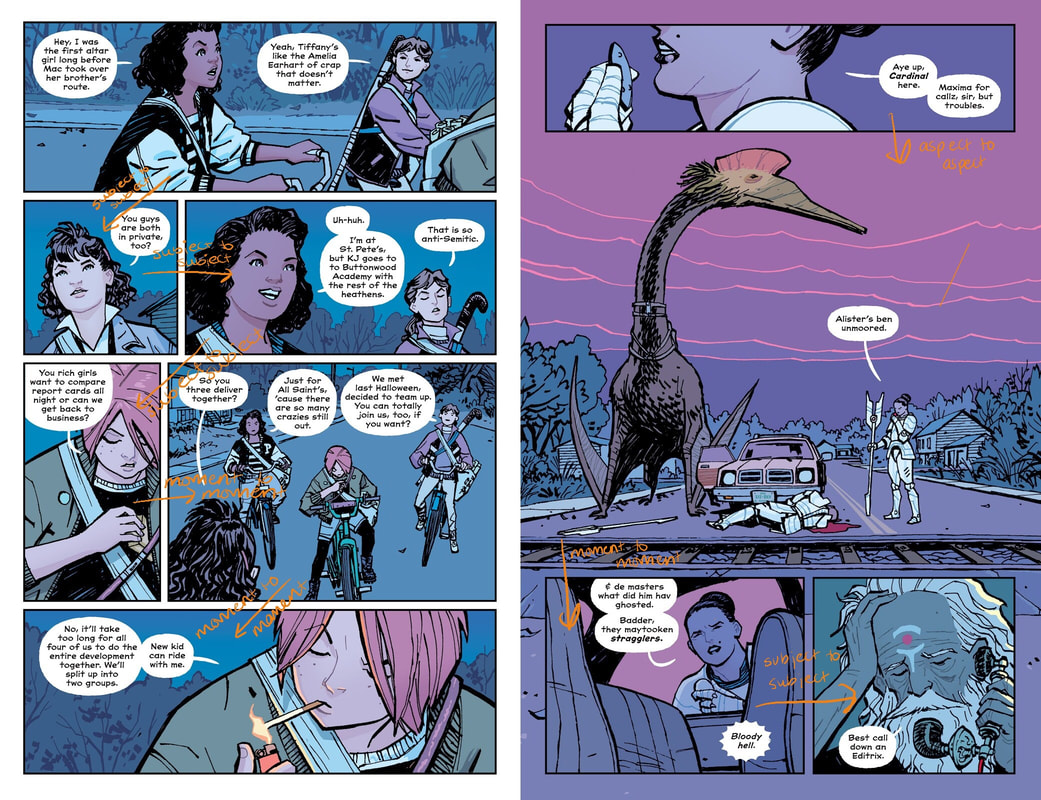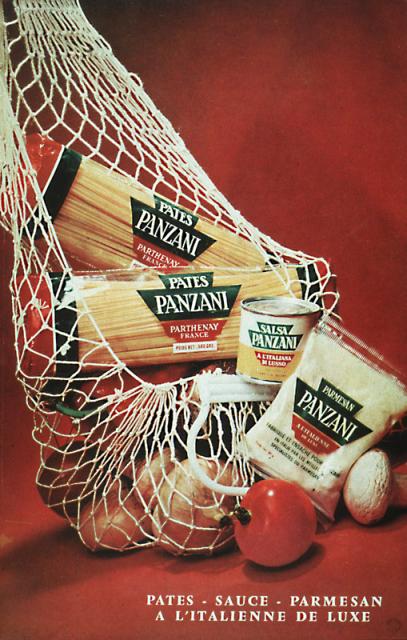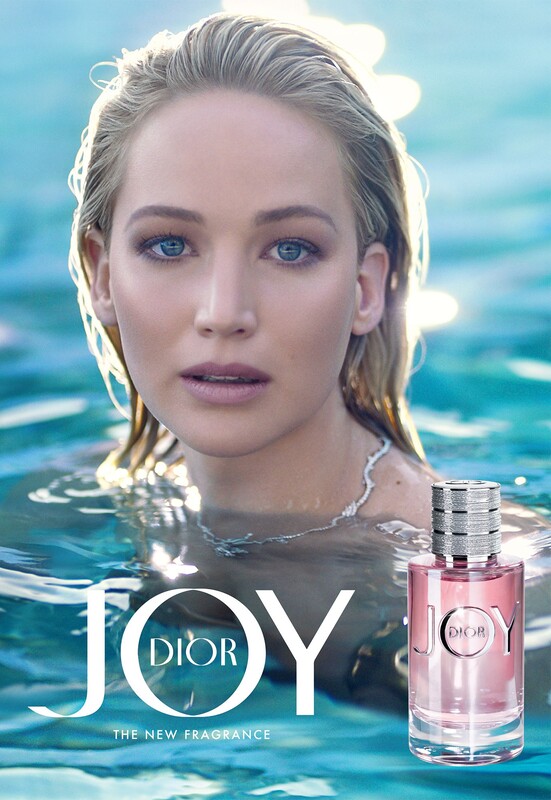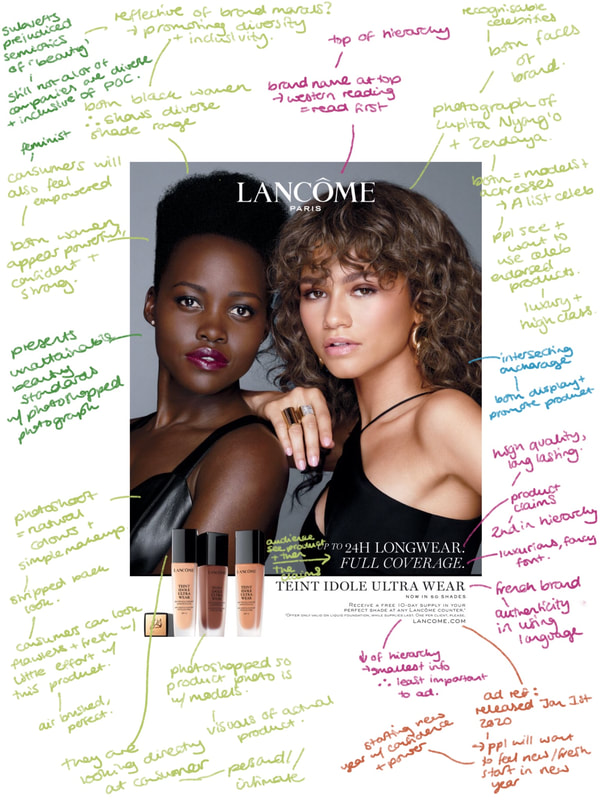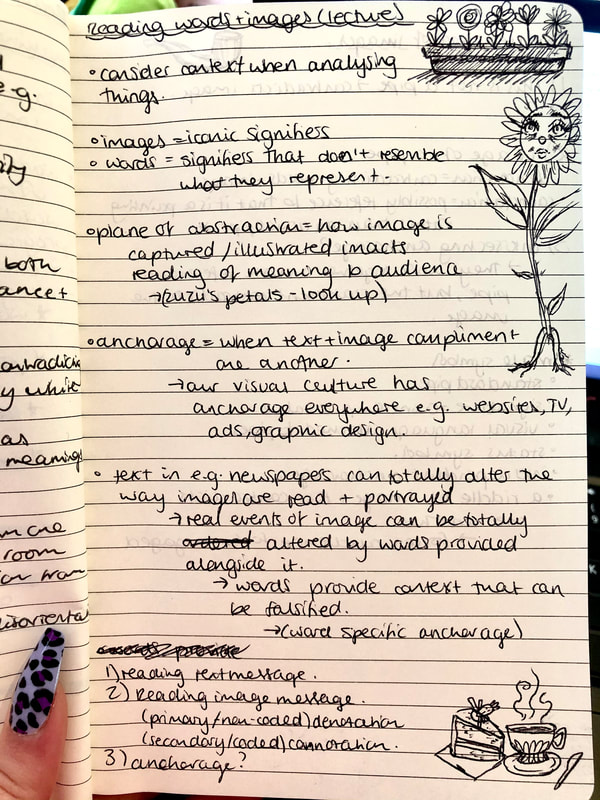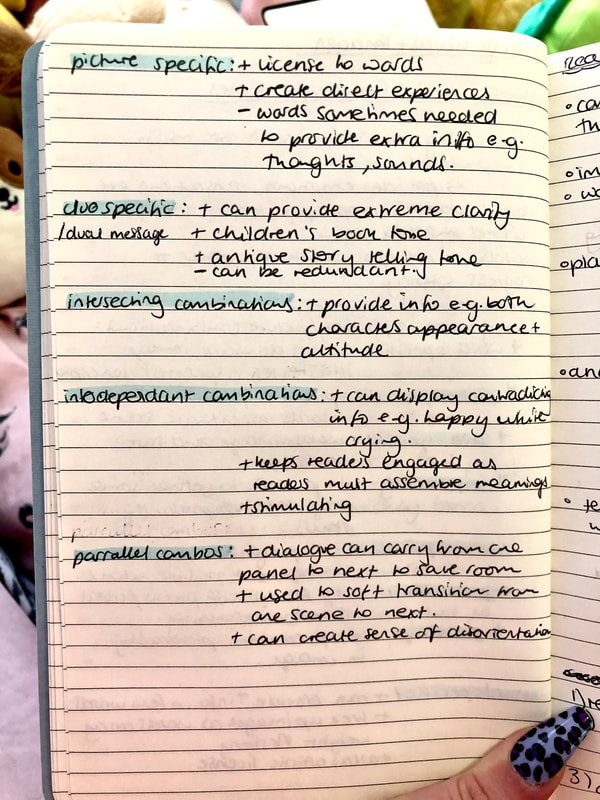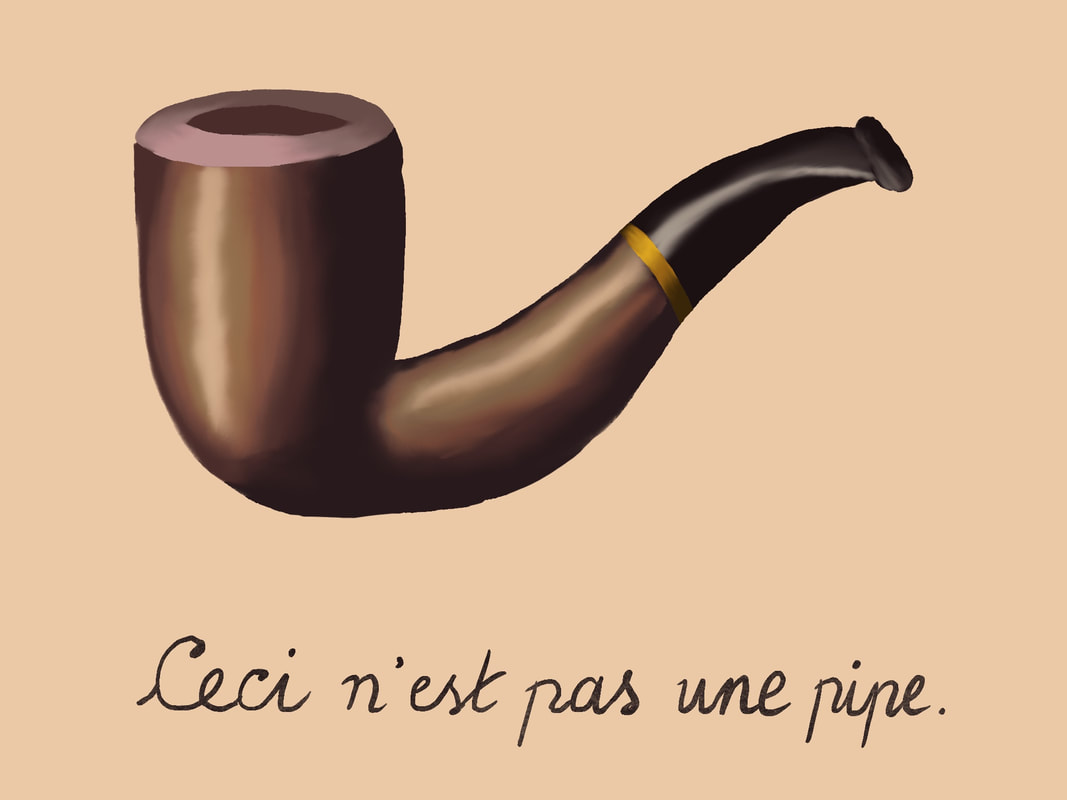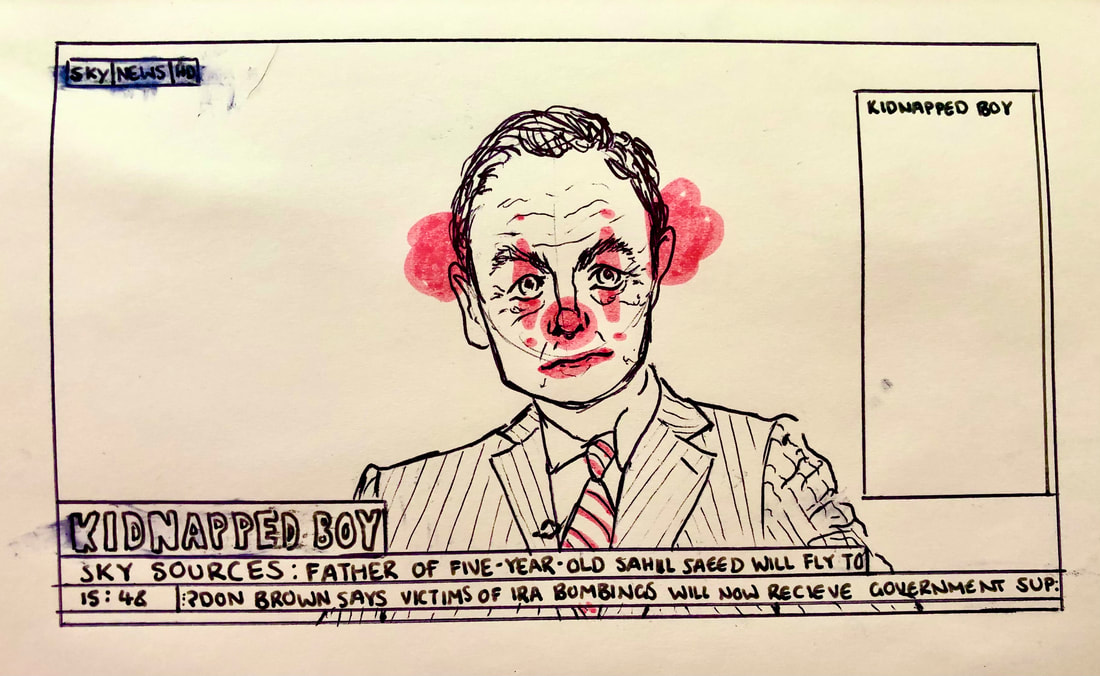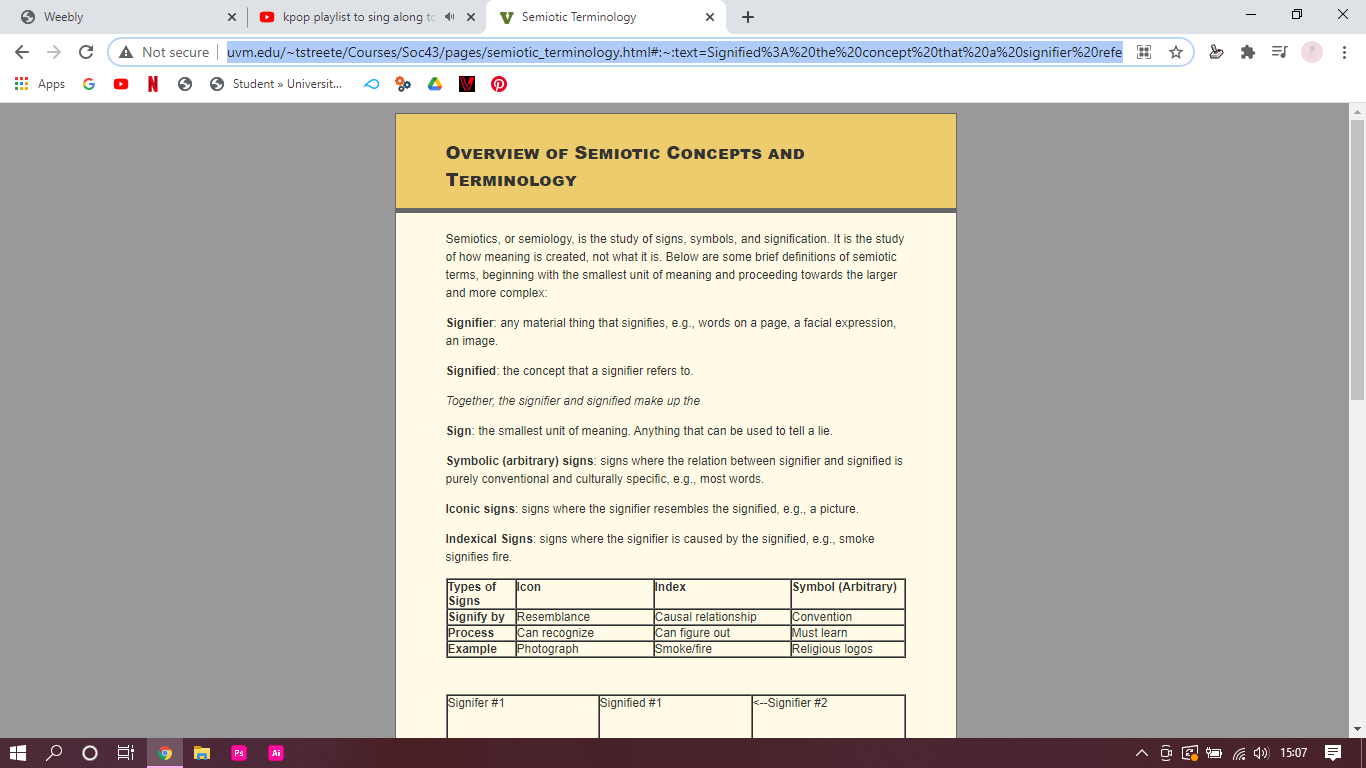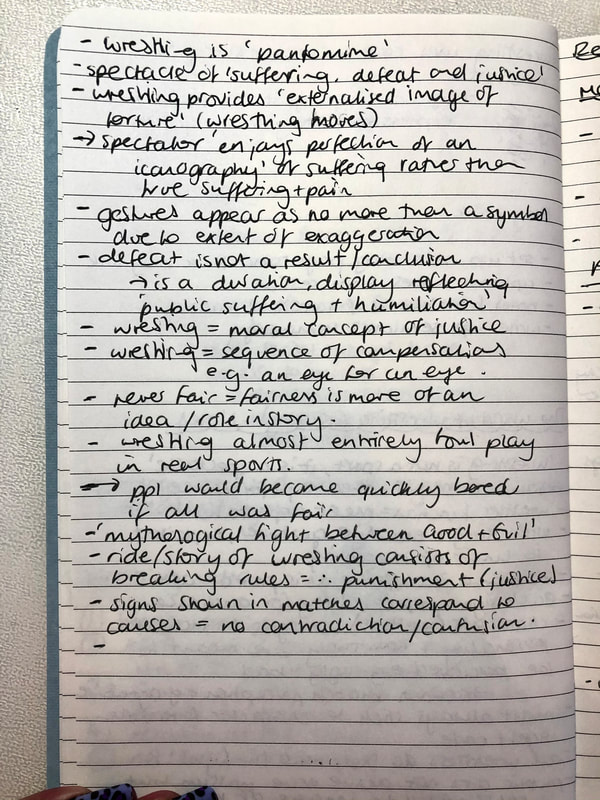|
In today's lecture with Claire, we went into depth into the act of collecting research, specifically to support arguments within essays. We went over the different possible research methodologies, and how to best select a method of research for our dissertation in the future. I was quite surprised by how helpful I found this lecture, as despite it being just about research, Claire really went into detail about what makes a good dissertation question, and how to go about researching for very specific subjects and topics. Blog Task.Abstract.Black, S. (2019) ‘Fibs and fripperies: References to the real in digital illustration’, Journal of Illustration, 6(2), pp. 289-304. This article considers the phenomenon of illustrators digitally mimicking traces of the handmade as ornament. It will explore whether these decorative tendencies are Adolf Loos' backward or degenerative tendency, or a generous contribution to our visual environment. It will ask why illustrators falsify the smudges, spills, textures and shadows of paper-based work within the digital workspace, what is gained and lost by doing so, and for whom? These questions will be explored in relation to interviews with two contemporary editorial illustrators and their work, to unpick the professional benefits of the phenomenon, coupled with a foray into theoretical perspectives on ornament. The discussion will also take skeuomorphism into account to explore the phenomenon, which then raises questions concerning illustration's 'usability'. The article draws upon wildly different perspectives and practices from other fields as it seeks to consider the pleasures and pitfalls of a richly-ornamented composition, Abstract Breakdown.Main Aims:
- To determine whether digital illustration contributes to visual arts - What is gained and lost through digital illustration in comparison to traditional illustration Research Methodology: - Qualitative research via interviews with 2 contemporary illustrators Key Findings and Implications: - There are positives and drawbacks to the use of digital illustration - digital illustration is described as 'richly-ornamented' and 'noise' therefore suggesting that digital illustration pushes things too far, and overcomplicates the art? The lecture today was centred around exploring the idea of post modernism and its meaning. I honestly found this lecture quite difficult to follow as it involved lots of intersecting concepts and periods throughout time, but it made more sense towards the end of the lecture as we put the theory into modern context. Blog Task.Jon Savage Essay Annotation.Post Modernism Glossary.Post Modernism - Postmodernism is a reaction against the intellectual assumptions and values of the modern period in the history of Western philosophy. The concept lacks overall consensus of its meaning and application.
Modernism - sustained period of development and innovation in the arts reflecting the new discoveries and ideas in science and technology. It roughly took place from the mid 19th century to the late 1970's. Rationalism - Scientific ideologies replacing religious ideologies. Determinism - The idea that all actions and choices are predetermined by actions, and the history that came before us. Meta-narrative - a narrative account that explores the idea of storytelling, often by drawing attention to its own artificiality. After Modernism - The idea that modernism has met its end, and can no longer be modernised as it has all been done previously. Anti Modernism - The reaction to the failures and conflicts caused by modernism e.g. subversion of modernist ideals. Hyper Modernism - The successor to modernism, and post modernism. The idea that the context of an object is irrelevant to its function. Hyper Reality - The lack of boundaries between simulation and fantasy, and reality. The Unstable Image - The lack of trust of images due to the loss of context and reality e.g. manipulated photoshop images. Bricolage - The sampling of ideas from the past in creating something new. Parody - A loaded simulation/ mockery of an original text. Pastiche - An image presented without reality or context, which then, in turn, removes meaning. The Society of the Spectacle - The view and perception of life as seen through as screen. This weeks lecture mainly focused around discussing how different cultures meet and interact, in terms both community and trade. We also analysed the importance of working ethically in the current climate. Blog Task.Examples of strongly politically and ethically inclined artists: Ai Weiwei.Weiwei is a Chinese artist whose most prominent work involves commentary on China's history, and disasters around the world.
Banksy.Banksy is a British graffiti artist, known for his polarizing artwork. In recent years he has become more and more actively involved in politics, for example, by offering a free print to those who voted against the conservative party in the general election.
Marina DeBris.DeBris utilises literal rubbish in her art in order to raise awareness of ocean and beach pollution. She often partners with numerous anti-pollution organisations, and is a member of the Women Environmental Artists Directory.
This week's lecture has been my favourite so far as we looked at the differing treatments of both men and women in the media. Then after going over the basic ideas, we looked and analysed forms of media that display the patriarchal ideals, such as style magazines, and children's books. I specifically found the analysis section of the lecture very interesting as you would never realise how many blatant gender ideals and roles there are still projected into modern media, despite the progress we have made as a society. Also, the extent to which these ideas are still normalised. Blog Task.Essay Annotation: Essay Review: Within Mulvey's essay, she explores the idea of 'The Male Gaze', and the ways in which, at the time, the theory was portrayed in cinema. However, I would argue that this theory and idea very much still stands within the modern day. Mulvey begins by discussing the theories of Freud, regarding the idea that women are envious of men due to their lack of penis (which is explored within his idea of the Oedipus Complex). They are instead a 'barer of the bloody wound' - vagina - and therefore must be 'punished' as they are viewed as a threat the male viewers. It is then later said that it is because of this fear in males, that the objectification of the vagina, and more generally, women, occurs. When I began this essay, I was rather confused by this concept, however, by the end it made complete sense. Women are treated almost as foreign objects by the media - they are seen more as statues than people - which may be due to the fact that most professions today, are still male-dominated. Therefore, the male ideals are projected and portrayed as the 'mainstream'. The essay explores the idea of females in cinema 'freezing' the action and plot progression, and are essentially disposable to the overall story. They are presented simply as a catalyst of male action, 'inspiring' the male protagonist to drive the plot forward. Many modern examples come to mind when referencing this idea, such as, James Bond and Indiana Jones. The women featured in those films are accessories to the lead, and plot, rather than a key component. Mulvey further examines this idea by discussing how cinema has utilised this freeze in plot, to act as a pause, and moment of sexual tension. This may come in the form of a fragmented shot of a woman's legs, or chest, immediately objectifying her to the characters and audience. The Transformer movie featuring Megan Fox was the first thing I thought of when reading this, specifically the shot in which the camera pans up her body, to finally reach her face when she is doing mechanical work on a car. Megan Fox herself has spoken out against this, among other scenes in the franchise. After Fox was removed from the series, Shia LaBeouf stated, “Megan developed this Spice Girl strength, this woman-empowerment [stuff] that made her feel awkward about her involvement with Michael, who some people think is a very lascivious filmmaker, the way he films women.”. Despite these blatant examples of poor treatment and dehumanisation of females in the media, I believe in the modern day there are clear examples in which ' The Male Gaze' is totally subverted, most commonly when a female director takes charge. The most prominent example that comes to mind is 'Birds of Prey', directed by Cathy Yan. When directly comparing the movie to its predecessor, 'The Suicide Squad', (directed by James Gunn and David Ayer), it is evident that the character of Harley Quinn is treated entirely differently. 'The Suicide Squad' presents her as an accessory to The Joker, as she literally wears a t-shirt stating that she's 'daddy's lil monster'. This alone, not only portrays her as property of the Joker, but also immediately sexualises her to the audience, which is enhanced by the trailing shots of her body. However, within 'Birds of Prey' Harley is instantly introduced as her own person, as she is totally separated from the Joker literally and metaphorically. She is seen wearing fun costumes, featuring flat combat boots, and overly garish sequined jackets - nothing of which is 'idealised' to men. She is treated as a human within 'Birds of Prey' rather than a sex object. Overall, I found this essay extremely engaging and informative, as well as enlightening in terms of the media are presented in the modern day. I will definitely perceive movies in a much different light now, as I feel that the essay has provided me with vital information and tools to analyse and acknowledge the underlying biases. Relevant Videos.Here are a few of my favourite videos exploring the male gaze:
This weeks lecture was looking into subcultures throughout history, and the impact that they have on common culture. It was extremely interesting to hear about the birth place of lots of the notions that are mainstream in the current day, and that such self expression was frowned upon. I specifically found the Beats very enticing as they were one of the first queer voices exposed to the public. Blog Task.What is a subculture? A subculture is group in society that commonly share values and interests, specifically in being anti-conformist. The idea of a subculture is completely against the mainstream by displaying deviance and resistance of what is expected in society. Examples of such expectations are: defined gender roles; compliance to standardised work days and ethics, and actively participating in capitalism. 'Subcultures do not consist of formal leadership, formal membership, or any explicit organizational structure' (Haenfler, 2014). Instead, subcultures are formed through informal participation and membership, and therefore are fluid in what embodies them. Due to this fluidity, they can sometimes be indistinguishable from mainstream society. Often, those involved in subcultures can be seen as 'obsessive' by the mainstream, however, subculturists view it as natural. This is because of the relation and sense of self identification that can be found for them within these groups. It is unifying for those involved, giving them a safe space to feel seen and heard by those around them. Club Kids.The Club Kid culture was present within the 80s and 90s, birthed amongst the nightlife in New York City. It was a celebration of queer culture and expression, and therefore was predominately made up of members of the LGBTQ+ community. Notable names within the Club Kid scene were: Amanda Lepore, Richie Rich, and Michael Alig.
https://www.dailymail.co.uk/news/article-4851054/Where-New-York-s-Club-Kids-80s-90s-now.html This lecture was based on the technicalities of creating comics, and what makes them successful visually. Initially, I didn't fully understand how these technical aspects could be applied to our illustration work, however, as we delved further into the lecture, it became clear how important the information was. The most integral part of the lecture, to me, was understanding how images can work together in a story telling sense. It helped me understand much more thoroughly how to direct the reader to read an image in the way that it was intended. Blog Task.During the lecture, we were tasked with breaking down the transition types between each panel on the page of a comic book. For the blog task, we were asked to do the same again with a comic page of our choosing. I decided to analyse three as I found this task quite difficult so I thought that a little bit more practice would be better.
In today's lecture we tackled looking at advertising, its effects and how to analyse them. It was very interesting to take on the analysis and actually see how much thought went into adverts, and how many subconscious meanings and hints are placed within them. Once going over the basics of advertising, and the key steps in making them effectively, we dove straight into analysing the Panzani, and Dior magazine advert. For our blog task, we were asked to analyse a magazine advert that we find ourselves. I decided to look at a Lancôme advert from January 2020, featuring one of their makeup products. While researching for the context of this advert, I found this blog centred around bringing light upon the work of black women. It was extremely informative, and has a lot of resources to support black artists: www.superselected.com/
In today's lecture we were looking at the relationship between words and pictures in making up entire images, such as in comics, or news reports. It was very interesting to learn about how the words attached to an image can entirely falsify and change the true context, and the extent to which the truth can be altered. It reminded me a lot of a psychological study I researched at A Levels, involving the words describing a car crash from a video impacting the speed estimate of the cars given by the test subjects. Specifically when looking at 'The Treachery of Images' by René Magritte, we could see the interaction displayed between semiotics, and how words and images play into such semiotics. Additional key information is the definition of intertextuality:
Intertextuality - the interrelationship between texts, especially works of literature; the way that similar or related texts influence, reflect, or differ from each other. It is sometimes mistaken for plagiarism. We were also tasked with drawing the image of the pipe, however, I was confused so also drew a picture of the news reporter slide that was left on the screen during our break. When I realised my mistake, I added clown features to match how I felt. The lecture today was our first of the new module, and focused on semantics. We went into the effects of signs, and codes, and how they impact and form our lives and experiences. Key semiotic terminology: Semiotics - the study of signs within society, toolbox to observe and deconstruct surroundings Sign - a single stimulus that coveys meaning Codes - a group of semiotics Signifier - stimulus Signified - the brain's reaction when experiencing the stimulus Langue - the whole language system Parole - example of text, speech etc Paradigm - point of substitution in a sentence - a word can be exchanged but the sentences' meaning will remain the same (like a synonym) I found the following website that was very helpful in furthering my understanding of semantics, and its key terms: Semiotic Terminology The table displaying the rose, I find, is particularly helpful as it is a very simple, visual way of understanding the fundamentals of semiotics and signs. Reading Notes. |
|







